Tracing doorbell wires behind wall
bostonoak
9 years ago
Featured Answer
Sort by:Oldest
Comments (23)
Ron Natalie
9 years agobostonoak
9 years agoRelated Professionals
Bellingham General Contractors · Cheney General Contractors · Country Club Hills General Contractors · Del Aire General Contractors · Harvey General Contractors · Markham General Contractors · Redding General Contractors · University Park General Contractors · Waianae General Contractors · Dover Solar Energy Systems · Brentwood Home Automation & Home Media · El Monte Home Automation & Home Media · Lewisville Home Automation & Home Media · Rosenberg Home Automation & Home Media · Winchester Home Automation & Home Mediabostonoak
9 years agogreg_2010
9 years agoRon Natalie
9 years agobostonoak
9 years agobus_driver
9 years agobostonoak
9 years agobostonoak
9 years agobus_driver
9 years agobostonoak
9 years agobus_driver
9 years agobostonoak
9 years agobostonoak
9 years agobostonoak
9 years agocountryboymo
9 years agobostonoak
9 years agobus_driver
9 years agocountryboymo
9 years agobostonoak
9 years agobostonoak
9 years agobus_driver
9 years ago
Related Stories

GREAT HOME PROJECTSMake a Push for a New Doorbell
Is it time to replace a doorbell or even add a door intercom or video system? Installation may be easier than you think
Full Story
HOME TECHGo Ahead: Embrace Your Home Technology
It's time to make peace with the gadgets, wires and TV screens that serve us so well
Full Story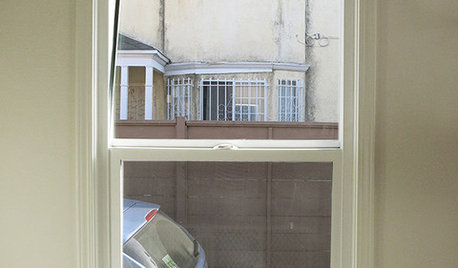
WINDOW TREATMENTS6 Ways to Deal With a Bad View Out the Window
You can come out from behind the closed curtains now. These strategies let in the light while blocking the ugly
Full Story
REMODELING GUIDESOne Guy Found a $175,000 Comic in His Wall. What Has Your Home Hidden?
Have you found a treasure, large or small, when remodeling your house? We want to see it!
Full Story
REMODELING GUIDESYou Won't Believe What These Homeowners Found in Their Walls
From the banal to the downright bizarre, these uncovered artifacts may get you wondering what may be hidden in your own home
Full Story
DECORATING GUIDES10 Creative Ideas for Eye-Catching Walls
Transform an empty wall into an artful display with unexpected additions and personal collections
Full Story
DECORATING GUIDESQuick Fix: Find Wall Studs Without an Expensive Stud Finder
See how to find hidden wall studs with this ridiculously easy trick
Full Story
HOUSEKEEPINGHow to Clean a Glass Shower Door
See which tools and methods will keep those glass shower walls and doors sparkling clean
Full Story
PETSHow to Help Your Dog Be a Good Neighbor
Good fences certainly help, but be sure to introduce your pup to the neighbors and check in from time to time
Full Story
CONTEMPORARY HOMESMy Houzz: Urban Space With a Peaceful, Easy Feeling
A Dublin fashion designer personalizes her home with vintage finds, comfortable furnishings and a calm palette
Full Story





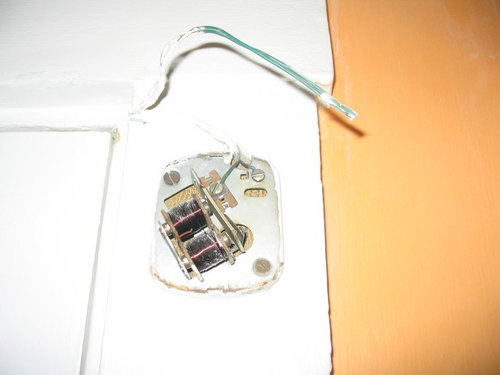
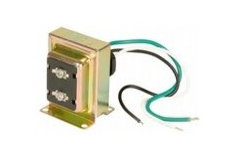

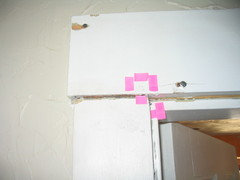

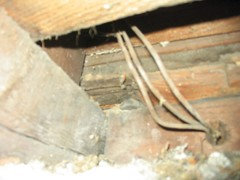





bostonoakOriginal Author